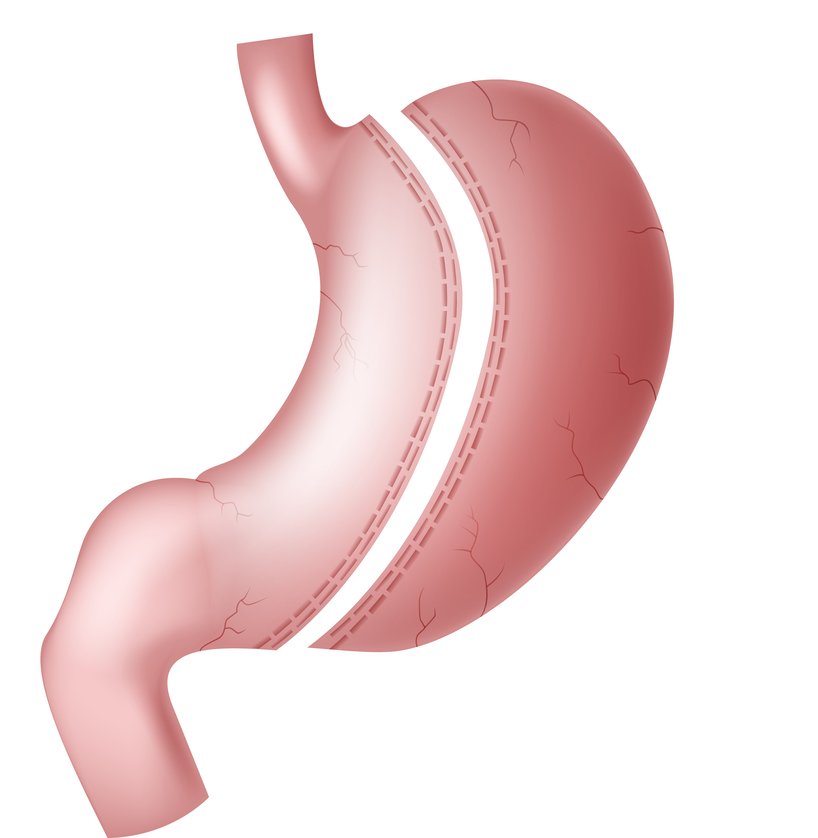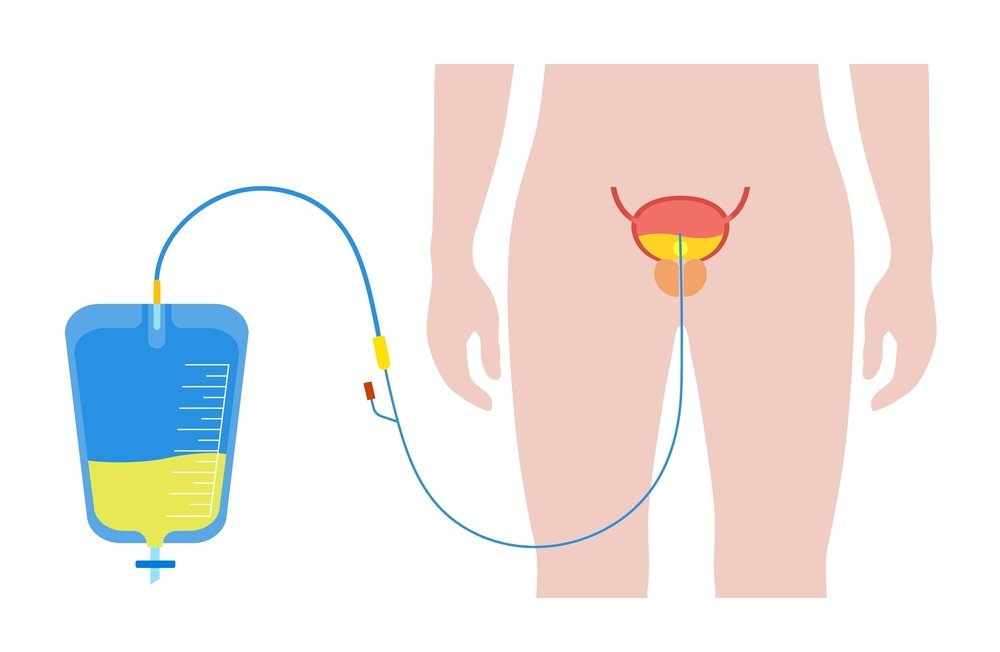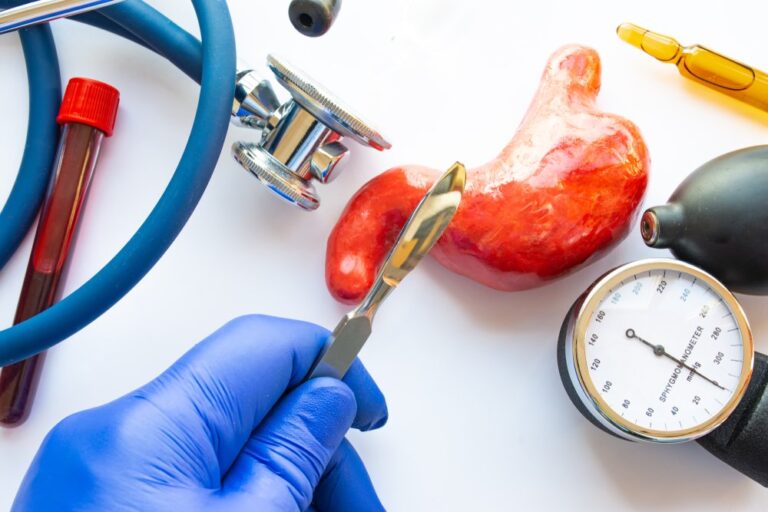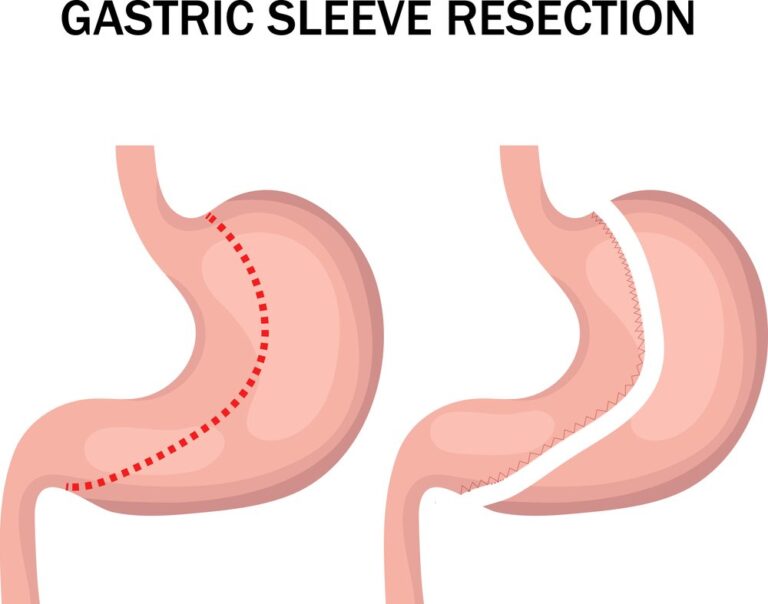A drain tube after gastric sleeve surgery, although practices can vary by surgeon or specific patient conditions. Gastric sleeve surgery is a relatively straightforward procedure that removes a portion of the stomach, and it typically doesn’t necessitate the use of a drain tube in the post-operative period.
However, in certain cases where there’s an increased risk of complications such as leaks or bleeding, a surgeon might decide to place a drain. This drain helps to remove fluids that might accumulate in the surgical area and can be a valuable tool in early detection of complications.
Get a $1000 Off on Gastric Sleeve in Miami
Drain Tubes in Gastric Sleeve Surgery
Drain tubes, also known as surgical drains, are often used in various types of surgeries to remove fluids that accumulate in or around the surgical site. In the context of gastric sleeve surgery, the use of a drain tube is generally at the discretion of the surgeon and may depend on individual patient circumstances.
Here’s a bit more detail:
- Why a drain might be used: Following gastric sleeve surgery, there is a potential risk of fluid accumulation at the surgical site, either from bleeding or leakage from the newly created stomach sleeve. If this were to occur, it could lead to complications like infections or abscesses. A surgical drain could help manage this risk by allowing for the removal of these fluids. Furthermore, the presence of certain types of fluid in the drain might indicate a complication, providing an early warning sign to healthcare providers.
- Why a drain might not be used: Many surgeons do not routinely use drains following gastric sleeve surgery because advanced surgical techniques and stapling devices have significantly reduced the risk of complications like leaks or bleeding. Furthermore, the presence of a drain could potentially increase the risk of other complications, like infections.
- Patient-specific considerations: The decision to use a drain can also depend on factors specific to the patient. For example, if a patient has a higher risk of complications due to underlying health conditions, a surgeon might opt to use a drain.
- Postoperative care: If a drain is used, patients will be given specific instructions about how to care for it. The drain will typically be removed by healthcare providers once the output decreases to a certain level, indicating that it’s no longer needed.
Remember, if you’re preparing for gastric sleeve surgery and have questions about the procedure, it’s best to discuss them with your surgeon or healthcare team. They can provide the most accurate information based on their planned approach and your specific circumstances.

Typical Practices and Trends Regarding Drain Tube Placement
As of my knowledge cutoff in September 2021, the use of drain tubes after gastric sleeve surgery is not a universal practice. It depends on the surgeon’s preference and the patient’s individual circumstances. Several trends and practices are worth noting:
- Decreased Use Over Time: With advances in surgical techniques and technologies, the need for drain tubes has lessened in many types of surgery, including bariatric surgery. Surgeons have increasingly favored a “drain-free” approach to reduce potential complications associated with drain use, such as infection, and to improve patient comfort.
- Risk-Based Approach: Some surgeons may opt to use a drain tube in higher-risk cases. For example, patients with higher BMI, those with certain comorbidities, or those undergoing revisional surgery might be considered at greater risk for complications like leaks, making the use of a drain tube more likely.
- Routine Use: Some surgeons might still prefer to use drain tubes routinely as a precautionary measure to monitor for postoperative complications, such as leaks.
- Evidence-Based Approach: Many surgeons are moving towards an evidence-based approach. In the context of drain tube use, this means evaluating the available scientific literature to make informed decisions. As of 2021, research generally suggests no significant advantage to routine drain placement following gastric sleeve surgery.
Ultimately, the decision on whether to use a drain tube during gastric sleeve surgery should be a conversation between you and your surgeon, taking into account your individual circumstances and the surgeon’s clinical judgment. Always feel free to bring up any concerns or questions with your healthcare team.
Alternatives to Drain Tubes for Fluid Management
In surgeries, including bariatric procedures such as gastric sleeve surgery, fluid accumulation is a concern. While drain tubes are often used to manage this issue, there are other techniques and strategies to handle it as well. These include:
- Improved Surgical Techniques: The advancement of surgical techniques and the use of more precise and less invasive methods have resulted in less trauma to the tissue, thereby reducing the amount of fluid produced postoperatively.
- Hemostasis: Surgeons aim to minimize bleeding (and thus fluid accumulation) during surgery by achieving optimal hemostasis – that is, ensuring that all blood vessels are sealed or sutured.
- Absorbable Hemostatic Agents: These agents can be applied during surgery to help control bleeding. They are made from materials that naturally dissolve in the body over time.
- Tissue Sealants and Adhesives: These are substances applied to surgical wounds to help seal them, reducing fluid leakage. Some can also help control bleeding.
- Laparoscopic Surgery: Compared to open surgery, laparoscopic procedures usually cause less trauma to the body and hence result in less fluid accumulation. Laparoscopic gastric sleeve surgery is now the standard approach in many healthcare facilities.
- Postoperative Care and Monitoring: Close monitoring after surgery can help detect signs of fluid accumulation, such as swelling and pain. Imaging techniques, like ultrasound, can be used to confirm the presence of fluid if it’s suspected.
Remember, the specific strategy for fluid management in your case would depend on many factors, including the specific type of surgery, your overall health, and the surgeon’s judgement. Always discuss these matters with your surgeon or healthcare team.
Impact of Drain Tube Usage on Post-Surgery Recovery and Complications
The use of drain tubes following gastric sleeve surgery can have an impact on post-surgery recovery and potential complications. Here are some aspects to consider:
| Impact | With Drain Usage | Without Drain Usage |
|---|---|---|
| Early Detection of Complications | Potentially earlier detection due to monitoring of drain output. | Detection might be delayed; depends on monitoring of patient’s symptoms and clinical signs. |
| Risk of Infection | Higher risk due to potential entry point for bacteria at the drain site. | Lower risk as there is no additional wound for a drain. |
| Discomfort | Potential for increased discomfort due to presence of drain. | Less discomfort as there is no drain. |
| Hospital Stay | Potential for longer stay due to drain management. | Likely shorter stay as there is no drain to manage. |
| Anxiety/Stress | Possible increased anxiety due to presence of drain. | Less anxiety as there is no drain. |
| Risk of Injury | Risk of accidental dislodgement or damage to the drain. | No risk related to drain injury, as there is no drain. |
| Care Requirements | Additional care required for managing the drain. | Fewer care requirements as there is no drain to manage. |
| Scar Formation | Possible additional scar at drain site. | No additional scarring due to drain, as there is no drain. |
The Role of Drain Tubes in Surgical Procedures
Drain tubes, also known as surgical drains, have several roles in surgical procedures. Here are some of the key reasons they are used:
- Prevent Fluid Accumulation: Following surgery, fluid can accumulate in the body at the surgical site. This fluid could be blood, serum, lymph, or pus. Accumulation of such fluid can create pressure on the incisions, impair healing, and sometimes cause infection. The drain helps remove this fluid.
- Monitor for Complications: The amount and type of fluid draining can give clinicians valuable information about how a patient is healing and if there are complications. For example, unexpected blood might indicate internal bleeding, while pus could suggest infection.
- Reduce Dead Space: Drains can help minimize dead space – the empty space left after removal of tissue or an organ. Dead space can fill with fluid and delay healing or lead to complications.
- Prevent Hematoma and Seroma Formation: By removing excess blood and other fluids, drains can prevent the formation of hematomas (collections of blood) and seromas (pockets of serous fluid) at the surgical site.
- Facilitate Healing: By removing excess fluids, drains can allow tissues to adhere to each other more effectively, which can aid in the healing process.

In spite of these benefits, the use of drains must be carefully considered as they can also have potential downsides such as discomfort, risk of infection, and prolonged hospital stay. The decision to use a drain tube depends on the type of surgery, the specific procedure within that surgery, the patient’s overall health, and the surgeon’s judgement.
Assessing the Need for Drain Tube Placement in Gastric Sleeve Surgery
The decision to place a drain tube in gastric sleeve surgery is based on a variety of factors and ultimately lies with the surgeon’s clinical judgment and the individual patient’s situation. Here are some considerations:
- Patient’s Health Status: Patients with certain comorbidities, such as diabetes or a high BMI, may have a higher risk of postoperative complications, potentially warranting the use of a drain.
- Complexity of the Surgery: If the surgery is anticipated to be complex, for example in cases of revisional bariatric surgery, the surgeon may opt to place a drain.
- Surgeon’s Preference and Experience: Some surgeons may routinely use drains based on their training and personal experience.
- Intraoperative Factors: If there’s intraoperative suspicion of a leak or significant bleeding, a surgeon might decide to place a drain.
To assess the need for a drain, the surgeon will weigh the potential benefits (such as early detection of leaks) against the potential downsides (such as increased discomfort or risk of infection). It’s a decision that should be discussed with the patient, explaining the reasons for and against drain placement.
As of my last training cut-off in September 2021, many surgeons do not routinely place drains after gastric sleeve surgery, but practices can vary. If you’re undergoing this surgery and have questions about your procedure, don’t hesitate to ask your surgeon.
Benefits and Potential Risks of Drain Tube Usage
Drain tubes, or surgical drains, have several benefits and potential risks when used in surgical procedures. Here’s an overview:
Benefits:
- Prevention of Fluid Accumulation: Drains can prevent the accumulation of fluids like blood, serum, lymph, or pus at the surgical site, which could impede healing or lead to complications like infection.
- Detection of Complications: Drains can provide early signs of complications. For example, the presence of large amounts of blood might indicate a bleed, while pus can signify an infection.
- Reduction of Dead Space: Drains can help reduce dead space left after the removal of tissue or an organ, which can fill with fluid and delay healing.
- Prevention of Hematoma and Seroma Formation: Drains can help prevent the formation of hematomas (blood collections) and seromas (pockets of serous fluid) that could delay wound healing.
Potential Risks:
- Risk of Infection: The site where the drain exits the body is a potential entry point for bacteria, leading to an increased risk of infection.
- Discomfort or Pain: Drain tubes can cause discomfort or pain, especially during movement or when changing positions.
- Prolonged Hospital Stay: Drains usually require professional monitoring and management, potentially leading to a longer hospital stay.
- Risk of Accidental Injury: There’s a chance of accidental dislodgement or damage to the drain.
- Additional Care Requirements: Drain tubes require care, including emptying and sometimes flushing, which can add to the postoperative care needs.
- Possible Scar Formation: The insertion site for the drain might lead to additional scarring.
It’s important for healthcare providers to weigh the benefits and risks when deciding to use a surgical drain. The decision should be made on an individual basis, taking into account the type of surgery, the patient’s overall health, and other factors.
References:
- Miller, C. (2022). The Use of Drain Tubes After Gastric Sleeve Surgery. American Society for Metabolic and Bariatric Surgery. Retrieved Jan 16, 2022
- Thompson, L. (2021). Understanding the Role of Drain Tubes in Gastric Sleeve Surgery. Journal of Surgical Research. Retrieved May 1, 2021






